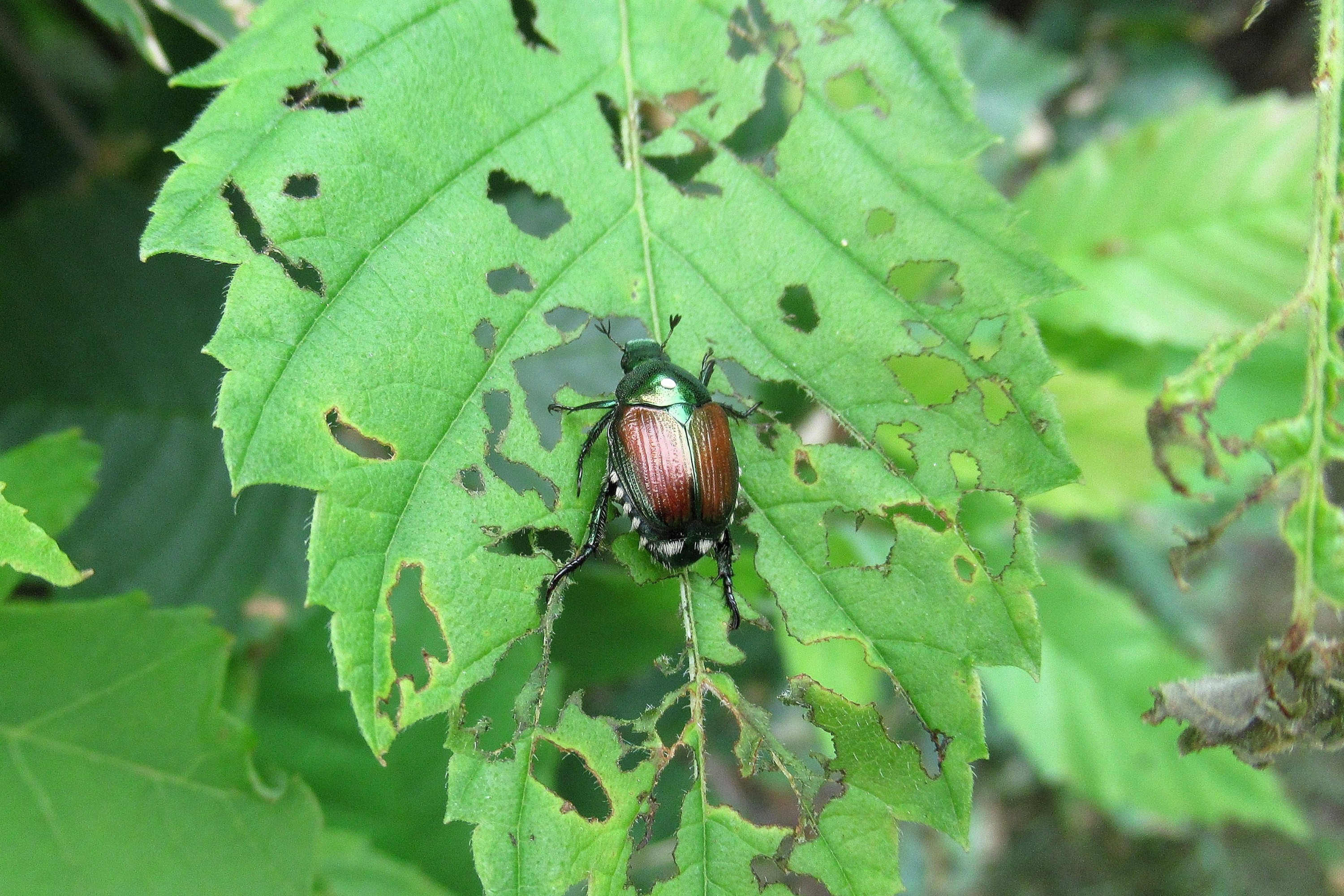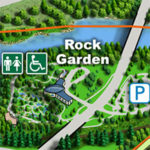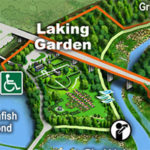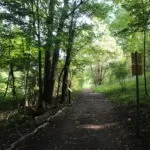| Membership | Price (+HST) |
|---|---|
| Single | $85/year |
| Single Plus | $120/year |
| Family | $130/year |
| Family Plus | $175/year |
| Contributing | $300/year |
| Supporting | $600/year |
| Sustaining | $1,000/year |
| Benefactor's Circle | $2,500/year |
| Director's Circle | $5,000/year |
| President's Circle | $10,000/year |
Force of Nature: Japanese Beetle at RBG’s Rose Garden
Force of Nature: Japanese Beetle at RBG’s Rose Garden
By Nolan Lake, Entomology Student, Royal Botanical Gardens
The Japanese beetle (Popillia japonica) has been a persistent thorn in the side of rose gardens across eastern North America for more than 100 years.1 The Japanese beetle, as the name suggests, is a beetle native to Japan and is speculated to have hitchhiked on imported rhizomes of Japanese iris, first reported in 1916 at a Nursery in New Jersey.1 Since then, the beetle has become one of the most prolific invasive insects in North America, joining a guild of rather unpopular mischief-makers to which the spongy moth, emerald ash borer, European fire ant and newly initiated box tree moth owe their six-legged allegiance. One might even call them a team of supervillains, the evil equivalent of the good-natured, musically inclined centipede, glowworm, grasshopper, spider and ladybug of Roald Dahl’s James and Giant Peach.
Japanese beetles are 8-11mm long, have bright metallic green bodies with coppery bronze elytra (wing covers) and tufts of white hairs (setae) on their sides. 1 They belong to the Scarab family of beetles, distinguished by their ‘lamellate’ antennae, with leaflike paddles that fold together like a Chinese folding fan.2 Most scarabs have root-feeding larva, or C-shaped grubs, and metamorphose into leaf- and fruit-feeding adults that emerge from the soil in late June to early July. 2

Upon emerging, adult females immediately release sex pheromones to attract males, resulting in dense aggregations of beetles unashamedly feeding and copulating simultaneously. 1 Surely, the romantic atmosphere of RBG’s award winning rose garden is to blame. This feeding-frenzy lasts 4-6 weeks, before the gluttony and lust finally catches up with them and the beetles bite the dust. 1 The result is reduction of the leaves to the mid-rib and veins, a process referred to as skeletonization. The Japanese beetle is far from a picky eater, known to consume over 300 wild and cultivated plants belonging to over 79 different taxonomic families. 1 Among the beetle’s favourite menu items are roses, hydrangeas, hostas, coneflowers, grapes, cherries and raspberries. Females take breaks between bouts of feeding to deposit eggs in the soil, which develop into grubs that feed on roots until October when they enter diapause (insect hibernation).1 Once soil temperatures rise in the spring the larva metamorphose into adult beetles and the cycle starts anew.1
In Japan, the beetle is only a minor pest, kept in check by coevolved natural enemies. This makes control here in North America very difficult.1 Parasitic nematodes and beetle-killing soil bacteria that cause ‘milky disease’ are both commercially available for gardeners. 1 Certain insecticides are effective at killing the Japanese beetle but are contributing to the rapid evolution of insecticide-resistance, in addition to adverse effects on the biodiversity of non-target insect communities.1 Pheromone traps are often hailed as a cure-all for Japanese beetle infestations, but the traps may attract more beetles to your garden (or your neighbors garden) than are actually caught, increasing the rate of defoliation relative to using no traps.3, 4 Hand-picking the beetles and tossing them in soapy water is effective but tedious. 1 An alternative is desperately needed – biological control – using bugs to fight other bugs.
Lucky for gardeners, scientists have been hard at work assembling our very own team of insect-superheroes to combat the Japanese beetle, and our rose garden in Hendrie Park was crafted with these insect allies in mind. Stay tuned in the coming weeks to learn more about RBG’s strategy against Japanese beetles and companion planting for beneficial insects.
Works Cited
- Hailey N Shanovich, Ashley N Dean, Robert L Koch, Erin W Hodgson, Biology and Management of Japanese Beetle (Coleoptera: Scarabaeidae) in Corn and Soybean, Journal of Integrated Pest Management, Volume 10, Issue 1, 2019, 9, https://doi.org/10.1093/jipm/pmz009
- Marshall, S. A. (2006). Insects: their natural history and diversity : with a photographic guide to insects of eastern North America. Buffalo, N.Y., Firefly Books.
- Carter F. Gordon, Daniel A. Potter, Japanese Beetle (Coleoptera: Scarabaeidae) Traps: Evaluation of Single and Multiple Arrangements for Reducing Defoliation in Urban Landscape, Journal of Economic Entomology, Volume 79, Issue 5, 1 October 1986, Pages 1381–1384, https://doi.org/10.1093/jee/79.5.1381
- Carter Gordon, Daniel A. Potter, Efficiency of Japanese Beetle (Coleoptera: Scarabaeidae) Traps in Reducing Defoliation of Plants in the Urban Landscape and Effect on Larval Density in Turf, Journal of Economic Entomology, Volume 78, Issue 4, 1 August 1985, Pages 774–778, https://doi.org/10.1093/jee/78.4.774
More from the RBG Blog
Check out RBG’s blog for announcements, articles, and more from Canada’s largest botanical garden.
Want to be sure you hear first? Sign up for our weekly e-newsletter to hear about upcoming events, weekend activities, articles, and more!












